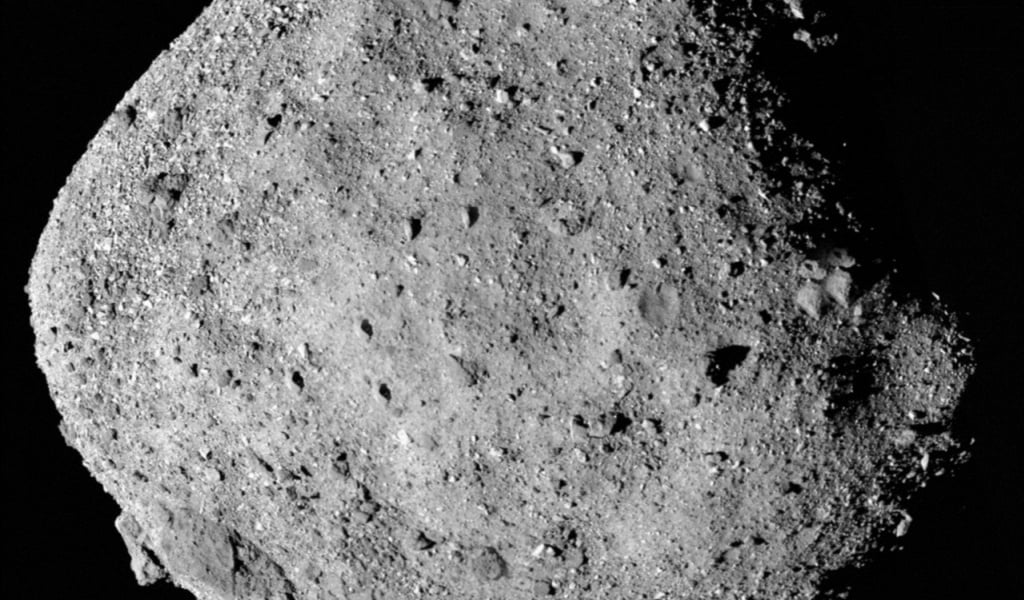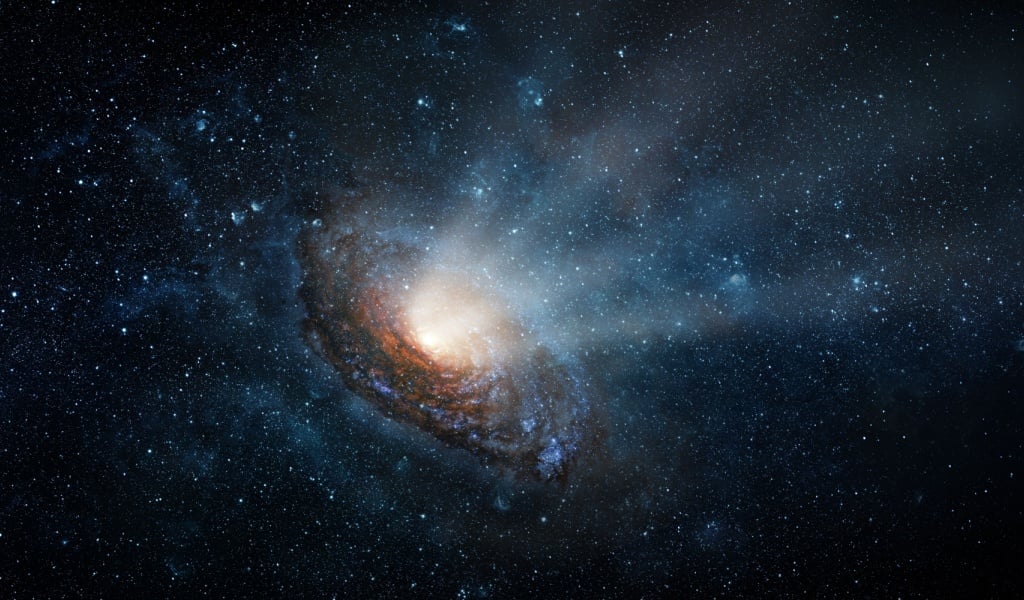Most of us grew up watching sci-fi movies, which has triggered the question that lurks in all our minds: Are we alone in the Universe? Even scientists have been asking this question for centuries, and although the answer is yet unclear, a new discovery could potentially unlock the secret of alien life.

In 2018, a NASA spacecraft, the OSIRIS-Rex, landed on an asteroid called Bennu, which is about 60 million kilometers away from us. Bennu has an intriguing history – it was once part of a much larger parent body, which could have been about 100km in diameter. It was later smashed apart in a collision several million or billion years ago. Bennu then united from the debris as a pile of rubble and came close to the Earth’s vicinity.
The spacecraft collected samples of Bennu and brought them back to Earth in 2023, giving scientists a unique opportunity to study a one-in-a-million asteroid. Given that Bennu isn’t an ordinary space rock, the discovery was groundbreaking, to say the least. Due to its proximity to Earth and high carbon composition, Bennu is a time capsule of the early Solar System! Accordingly, the findings were phenomenal in helping us understand the story of how the Universe started.
A significant finding from the Bennu samples was the conclusion that key building blocks of life were found in them. Thousands of organic molecular compounds were identified, including 14 out of the 20 protein amino acids present in lifeforms on Earth. Additionally, 19 non-protein amino acids, incredibly rare or undiscovered in Earth biology, were found in the samples, along with all five biological nucleobases, which are the units of genetic code like RNA and DNA.
While samples of asteroids that have fallen on Earth before have also contained some of these materials, the Bennu sample is the richest one to be studied. Moreover, scientists also found evidence that water was once present on the sample in the form of salt minerals that were created during the evaporation of brine from the early days of the asteroid’s parent body. Bennu may not have been covered in water, but it certainly would have been either muddy or wet. In fact, some study results suggest that the parent body indeed had a vast underground network of lakes and oceans. However, it is speculated that the water evaporated away, leaving behind these salty clues.
Why does this matter, though? Because this potential presence of water, along with key amino acids and nucleobases, poses the million-dollar question: Is there life outside of Earth?
Most people think life originated on Earth, as it contains the building blocks of life. But how many of these building blocks materialized from the processes that took place on Earth, and how many of them came as a result of extraterrestrial matter? What we call the ‘building blocks of life’ are actually a collection of cells, atoms, molecules, and biomolecules. This also includes the nucleobases and amino acids that were found on Bennu. While this doesn’t necessarily point out that these formed into living creatures, it clearly demonstrates the possibility of life on the asteroid, which is nothing short of fascinating!
This also makes us wonder: If these blocks of life on Earth actually came from extraterrestrial matter, is it possible for these materials to have landed somewhere else in the Solar System? And if so, are we alone in this Universe, or do we have neighbors in distant galaxies – or even our own – that we have yet to discover?

It’s safe to say that Bennu gives us insights into life on other planets. Plus, these chemical compositions don’t have to be exclusive to the Milky Way galaxy alone; it’s feasible that other solar systems could be equally rich in organic molecules, which reiterates the potential for life in the Universe.
The key elements for life are oxygen, nitrogen, carbon, phosphorus, and sulfur. The Bennu samples show that these elements are present and organized into beneficial compounds for building life. For the layman who might find this a bit challenging to grasp, Sean McMahon, co-director of the UK Centre for Astrobiology, puts it across very simply. McMahon asks us to imagine the origin of life as a recipe listing out the ingredients, and that this tells us that all the ingredients were in the cupboard to get started in the early stages of the solar system.
The findings from the salt minerals found on Bennu also indicated a second key aspect of life: water. Along with the building blocks for life, water is essential for developing life forms. Therefore, researchers have started questioning the potential of prebiotic organic synthesis, the process through which simple organic molecules form in watery environments. With chemical reactions driven by volcanic activity and UV radiation, it is possible that water and these organic molecules interacted, leading to the creation of the first organic compounds on Earth.
So Bennu has the ingredients for life, along with water. But it didn’t have the energy to kick-start the entire process. Water and organics build on one another, but the energy source to facilitate this process is missing. (Common sources of energy on Earth include chemical power or sunlight for photosynthesis.) Scientists are studying the samples even further to understand how far the building blocks of life were synthesised on Bennu. The discovery indeed unearths just how vast the Universe is and how plentiful the ingredients for life might be.
Scientists will continue studying the samples from Bennu for many more years to come as they gain stronger insights into the solar system’s history and life itself. This is ultimately the beauty of science and the quest of man to seek answers to never-ending questions. Scientists are also pushing for missions to collect even more dirt and rocks from the dwarf planet Ceres, which is believed to be potentially waterlogged. Saturn’s Moon Enceladus and Jupiter’s moon Europa are also water worlds that must be explored. The findings from these will undoubtedly push the answer to the question we all have: Are we truly alone in the Universe?



